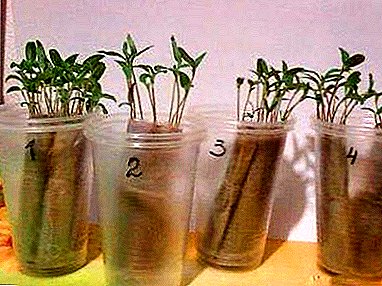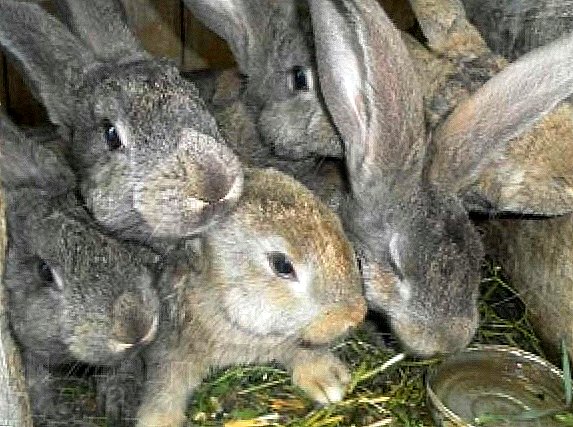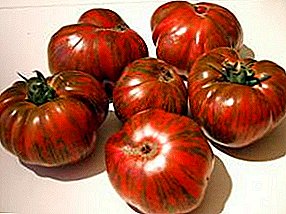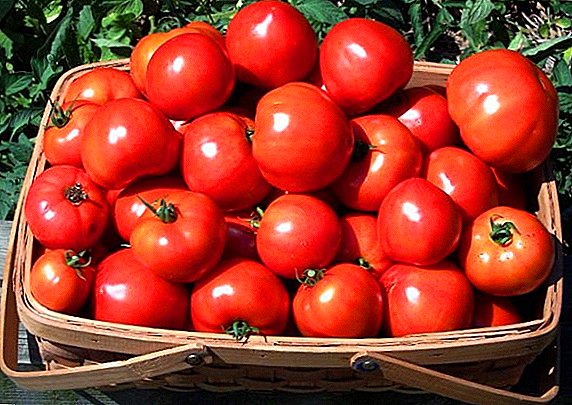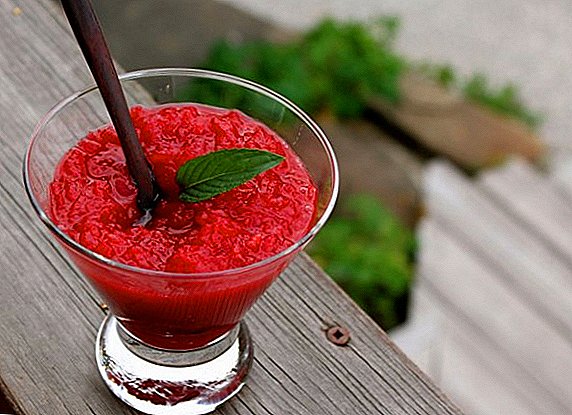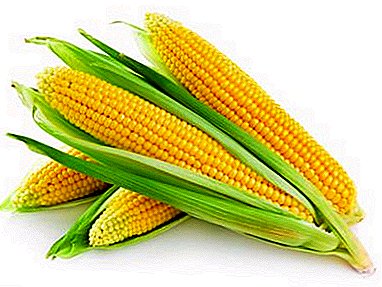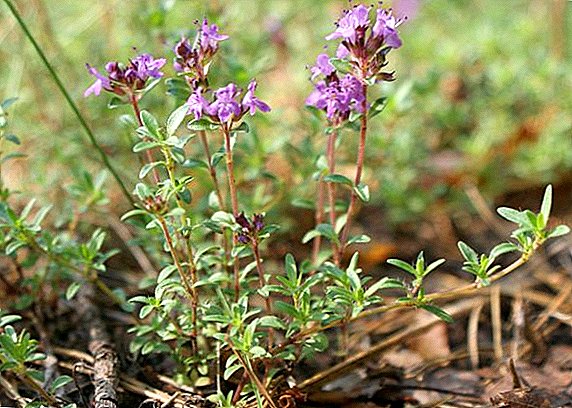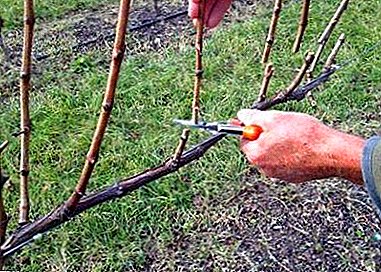
Pruning is a mandatory, regular procedure for the care of grapes, which is carried out both in summer and in autumn. It helps to increase the fecundity of the grape bush.
This is the procedure necessary for the proper formation of the bush. In this article we will talk in detail about the rules for pruning grapes, about when and how to carry it out and what subtleties should be taken into account.
 Even during the time of the Roman Empire, the owners of vineyards noticed that if some animal had grazed the vine, then it would grow even better and produce larger, more tasty fruits than the remaining intact plants.
Even during the time of the Roman Empire, the owners of vineyards noticed that if some animal had grazed the vine, then it would grow even better and produce larger, more tasty fruits than the remaining intact plants.
Over time, the technology of pruning grapes was invented and improved..
Although its main meaning remains the same - it facilitates the care of the grape bush, provides shelter for the winter and the harvest, and also contributes to the increase in size and acceleration of their ripening.
The meaning of the procedure and the time for its implementation
The meaning of pruning vines consists in the timely shortening or removal of some shoots, as well as the dried part of the crown. In the absence of pruning, the grapes take on a wild appearance, bearing less and less fruit.. At the same time many clusters are formed on the plant, but they are all small in size with small, tasteless berries.
Nevertheless, pruning contributes to the weakening of the bush, therefore, in its implementation, it is important to feel the measure. For example, the result of excessive removal of branches on a young plant may be its oppression, as well as a delay in the onset of fruiting.
Despite the fact that a smaller number of shoots on grapes leads to an increase in the strength of each of them, this horticultural reception reduces the strength of the whole bush and its resistance to various external conditions. Concerning there are special rules for pruning at certain times of the year.
Pruning grapes in autumn
 Pruning grapes in the autumn is made after the first frost, when the vine is almost no leaves.
Pruning grapes in the autumn is made after the first frost, when the vine is almost no leaves.
It is recommended to carry out the procedure for pruning grapes at this particular time, especially those vines that are harboring with the onset of the cold season, as high-quality pruning allows even better cover plants and protect them from frost.
Pruning begins with one fruit sleeve. In summertime, each bud on it gives a grape brush, as well as a vine - a long branch. When pruning in the fall on the sleeve should be left only one vine, which is located closest to the base of the plant, and the knot of substitution.
The best fruiting will show the vine from this year, the thickness of which is not less than 7-8 millimeters. When removing shoots, it is recommended to leave about 6-12 buds on it, depending on its length. There should be no more than three buds on the replacement knot.
Res is best done through the knot - a kind of tubercle on the shoot. Similarly, pruning each sleeve on a grape bush.
Pruning grapes in summer
 In the summer, pruning grapes is not a standard procedure. At this time, on the bushes only shoots are pinched, dry, unnecessary branches break out. etc.
In the summer, pruning grapes is not a standard procedure. At this time, on the bushes only shoots are pinched, dry, unnecessary branches break out. etc.
These actions are more prophylactic. They are aimed at preventing a number of diseases, increasing the fertility of a plant, and ensuring the availability of beneficial elements. This procedure is aimed at creating favorable conditions for the ripening of berries.
In springtime, it is not necessary to prune, since with the onset of heat, the movement of juice in all plants increases.. Only in one case, the implementation of this procedure is welcomed - if the grapes are young and have not yet produced fruit. We are talking about seedlings planted last fall.
General recommendations
How and what to consider when pruning:
- The cut is best done with a sharp pruner, as the grapes are sensitive to wounds.
- When pruning, try to keep all the "wounds" on one side of the branch and located at a great distance from each other.
- Last year's shoots are recommended to cut in the middle of internode.
- When removing a perennial branch, leave a knot about three centimeters long. A few months after trimming, when it dries, it should also be carefully removed flush with the barrel.
- Leave for fruiting two-year shoots.
- In the case of horizontal shoots, it is easier to get rid of shoots from the buds that are directed downwards.
Information about the correct pruning of grapes is useful for every gardener who has this perennial plant on his plot.
The motivation to perform this procedure is simple - rational, technical and timely removal of unwanted shoots, foliage helps to increase the flow of nutrients to fruiting brushes, which leads to an increase in the quantity and quality of fruits.


